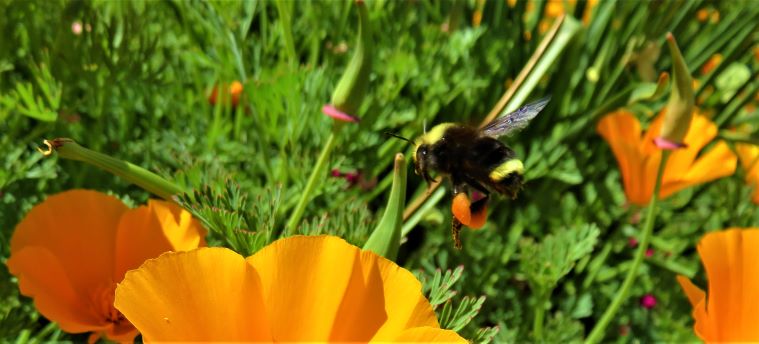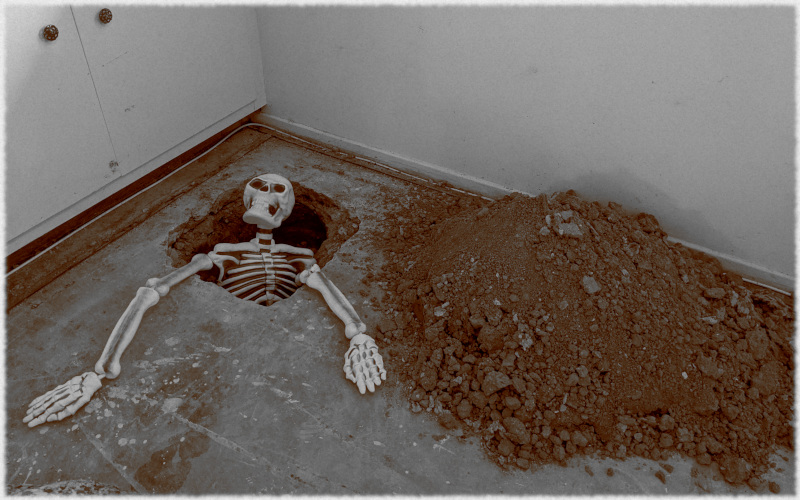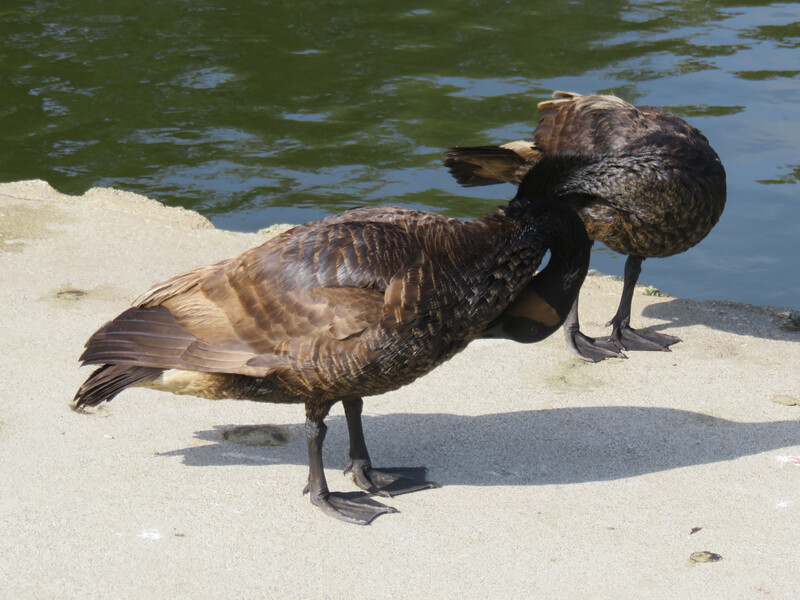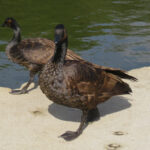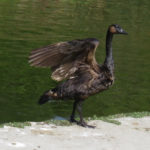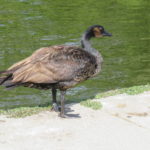You wouldn’t think that books about astronomy and archaeology would have a lot in common, but Four Lost Cities (Annalee Newitz) and Under Alien Skies (Phil Plait) pack some odd similarities.
Both are about places we (mostly) can’t visit in person: Faraway planets in one case, the distant past in the other.
We have to piece together parts of the experience from what has come to us through time or through space: Telescopic observations, space probes, spectral analysis, and our understanding of physics — ruins, artifacts, aerial surveys and
what we know about people (both contemporary and in general).
For some sites we have very detailed and solid information: Angkor’s stone temples are still standing. Pompeii was well-preserved under volcanic ash and we still have first-hand writings about the city and its destruction. Mars and the moon have been extensively surveyed, including multiple landers and photographs from the surface. (And, in the case of the moon, a handful of people!)
Others require a lot of speculation: There’s a solid core of what we’ve figured out about Cahokia, but a lot of unknowns that we can sorta-kinda extrapolate from the histories and tales of surviving tribes in the area — but only to a point. Similarly, we know the rough structure of the TRAPPIST-1 solar system and some of its planets, but we have to speculate: if one of the planets in the habitable zone actually is habitable, what conditions would that require?
Both include major discoveries made within the last decade: Pluto and Charon were just a pair of dots until the New Horizons mission flew past it in 2015, bringing us pictures and measurements and so much data it took months just to download it from the probe back to Earth. Lidar surveys at Angkor in 2012 revealed the foundations of a vast metropolitan area around the temple complexes, upending our sense of how big the city was and identifying new sites to investigate.
It’s kind of funny how I read them so close together. Synchronicity and all that. They’re also both good (see also my review of Four Lost Cities and review of Under Alien Skies), and I’d definitely recommend them!
